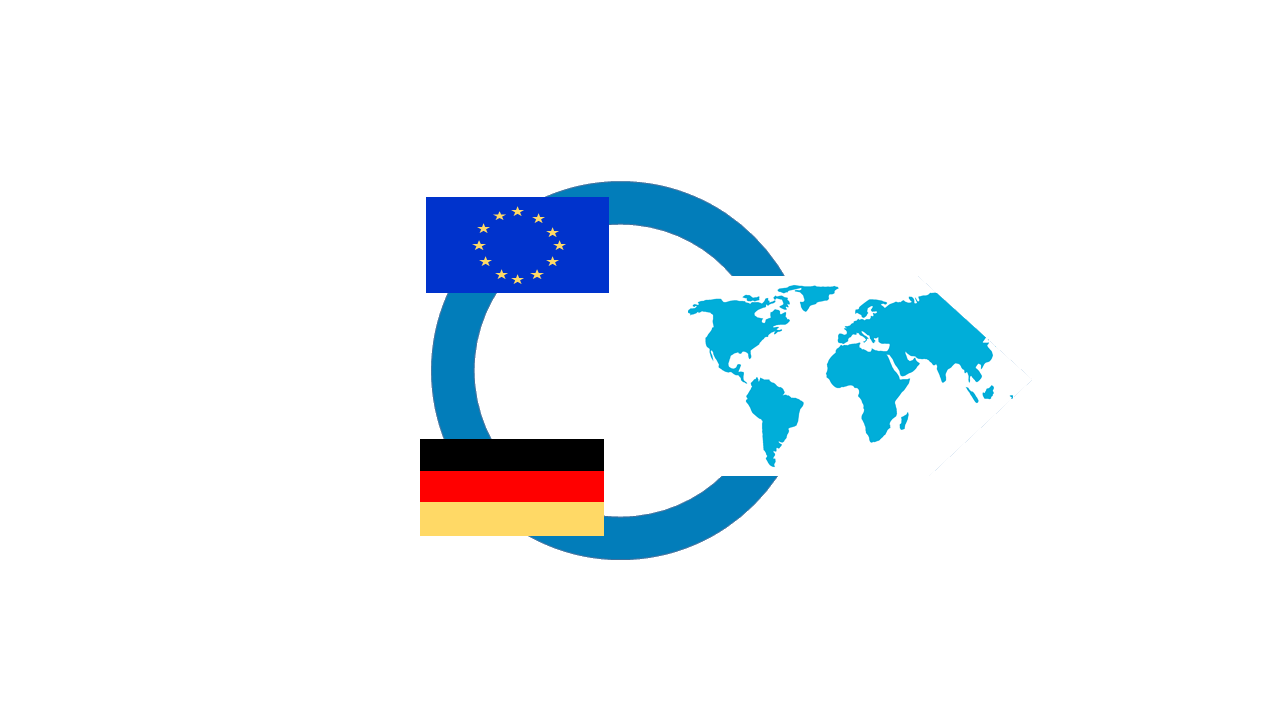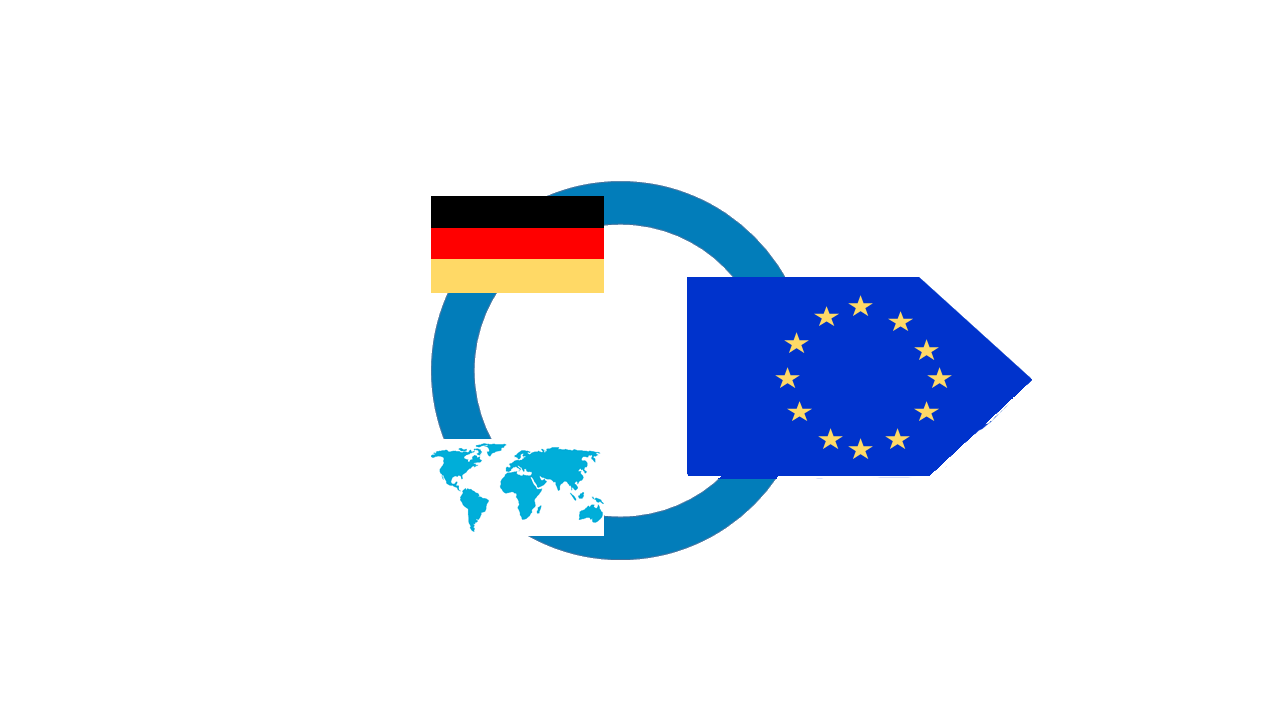How can SDG progress be measured?
Measuring the progress of the SDGs is referred to as SDG monitoring. It is an instrument to oversee sustainability policy and keep track of the implementation status of the SDGs. The results of the monitoring are to be used as a basis for more targeted measures. Measuring the progress of the SDGs and country-specific reporting on them is also set out in the 2030 Agenda. It calls on states to conduct "regular and inclusive reviews of progress at the national and subnational levels.".
You can also find more information about SDG monitoring in our policy paper.
At the international level
In a negotiation process, the United Nations agreed on 231 international SDG indicators that can be used to measure the implementation status of each SDG. However, the exact selection of indicators, the collection of data and the establishment of a monitoring system are left up to each country. For this reason, a variety of monitoring concepts can be found worldwide.
In order for member states to regularily report on their progress to be informed about the implementation status of other countries, the United Nations annualy invites them to the High-Level Political Forum on Sustainable Development (HLPF) in New York. There, member states have the opportunity to submit a Voluntary National Review (VNR) and report on their national implementation status.
At European level
Under the leadership of Eurostat, the European Union has also developed an EU SDG indicator set in 2017. This allows to measure progress in achieving the SDGs at the European level. It consists of 101 indicators structured along the 17 SDGs. The data is collected by Eurostat. Read a summary of the current monitoring report here.
In Germany
In Germany, the implementation of the 2030 Agenda and the SDGs is accompanied by the German Sustainable Development Strategy (GSDS). The Federal Government first adopted a National Sustainable Development Strategy in 2002. Since 2004, this has been updated every four years. With the adoption of the SDGs, the National Sustainable Development Strategy was also revised and transfomed into the German Sustainable Development Strategy in 2016, which has since been oriented along the 17 SDGs. The German Sustainable Development Strategy was updated for the first time in 2018 and for the second time in 2021.
In order to measure the state of implementation and progress in achieving the goals, the Federal Government has agreed on 72 national indicators. Data collection is carried out by the Federal Statistical Office (Destatis). Every two years, the Federal Statistical Office presents an indicator report summarising the results and measures of the national SDG monitoring. The last time this was done was in March 2021.




